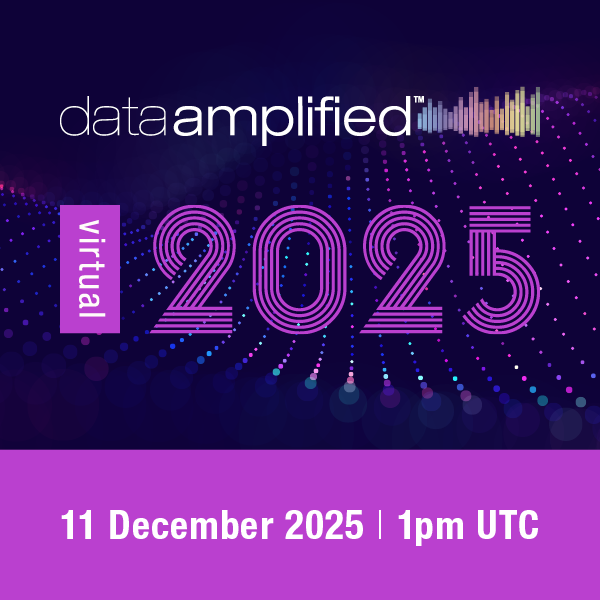Auditing with AI? New guidance navigates a range of tools.

Auditing in the age of artificial intelligence (AI) has seen a watershed moment with the UK Financial Reporting Council’s (FRC) release of sign-of-the-times guidance on documenting and deploying AI tools. Published in June, the guidance is accompanied by a thematic review of how the UK’s largest audit firms certify AI-enabled technologies and maintain audit quality.
The guidance features an illustrative use case involving journal entry testing, showcasing how AI can enhance fraud detection by identifying subtle anomalies. The guidance also outlines documentation expectations under ISQM (UK) 1 and ISA (UK) 230, covering centrally held records and audit file-specific notes. It highlights principles around explainability, bias mitigation, and adherence to the UK Government’s five AI principles – placing emphasis on transparency, fairness, and governance.
This move builds on the FRC’s ongoing focus on audit innovation, following the regulator’s earlier push for certification and quality control over automated tools. The guidance offers clarity at a crucial moment, as firms increasingly look to AI for scalable, high-quality insights while maintaining scepticism and compliance.
As AI tools take hold in audit, the value of structured data becomes ever clearer. Using XBRL makes disclosures easier for machines to process, helping AI tools identify and interpret key information efficiently and accurately. In short: robots do speak more fluently with other robots when the language is structured and standardised.
Read the full guidance and thematic review here.






